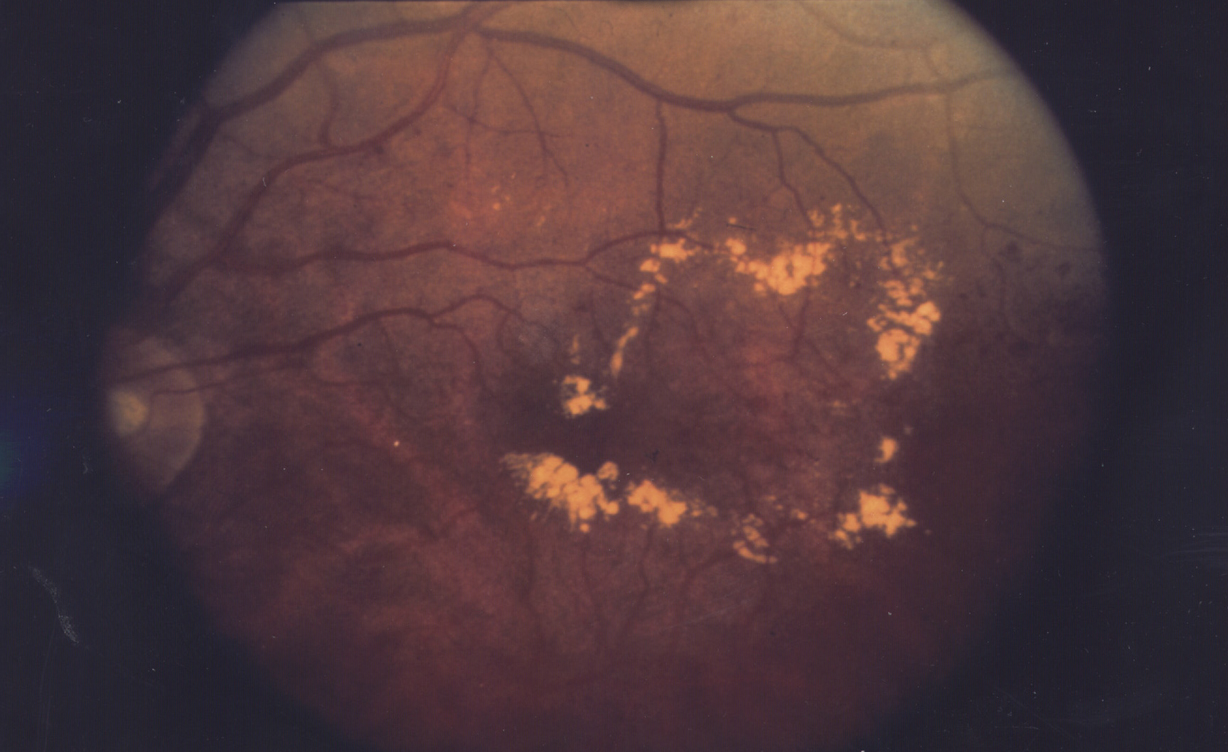What Causes Diabetic Macular Edema?
Diabetic Macular Edema is a common disorder affecting eyesight, especially in patients with diabetes and is sadly extremely prevalent as per the Mayo Clinic and can cause diabetic people to go blind.
The rise in blood sugar levels caused by diabetes can result in damage to the tissues of the eyes, such as the blood vessels and the macula. This increases the risk of eye problems.
If not detected early enough and treated properly, the damage may become worse resulting in vision impairment or blindness.
Hence, there is a need to be aware of why diabetic macular edema occurs to be able to protect your eyesight. Here is a brief discussion about what diabetic macular edema means and its common causes.
What is Diabetic Macular Edema?
Diabetic Macular Edema or DME refers to a condition caused by damage to the small capillaries supplying blood to the back of the eye called the macula. DME is more common in patients with uncontrolled diabetes.
The macula is a part of the eye where the light rays entering the eyes get focused to form an image.
The retention of fluid in this part of the eye may occur due to the improperly functioning blood vessels. This can lead to swelling of the tissues causing the macula to become distorted. As a result, the images formed on it appear blurry or wavy. This may make it harder for you to read, recognize the faces of known people, watch TV, or drive. Also, given that the macula helps us to distinguish between colors, edema in the region may make you see colors as faded and washed out.
Most patients are not aware that they have DME as it does not cause any evident symptoms in the initial phases. It is only when there is considerable destruction of the macula due to the underlying edema that the person starts experiencing difficulty in vision.
Also, vision impairment often progresses so slowly that most patients do not even realize it is happening. Moreover, patients usually do not notice the change in the vision if the DME has affected only one eye as the other eye compensates for the impairment by providing a clear image.
However, regular visits to your ophthalmologist will help in the early diagnosis of DME. This will allow you to receive proper treatment aimed at preventing the further loss of vision.
What Are the Main Causes of Diabetic Macular Edema?
Failure to Control Blood Sugar
Diabetes is one of the most common causes of macular edema. It is particularly more common in people with poor glycemic control.
Increased blood sugar levels for an extended period of time can harm the capillaries of the eyes. This may hamper the ability of the macular tissues at the back of the eye to send images to the brain.
Research studies have shown that uncontrolled diabetes can also put patients at a risk of developing other eye complications such as cataracts, macular degeneration, and edema in the middle part of the eye called the uvea. These conditions can further worsen your chances of developing diabetic macular edema.
Some medicines used for the treatment of diabetes seem to make people more prone to develop this condition. Studies have shown that the risk of DME is higher in diabetic patients who suffer from co-morbidities such as hypertension and high cholesterol. Smokers and people who live a sedentary life are also more likely to develop this condition.
An Unhealthy Production of Blood Vessels
Uncontrolled diabetes can cause damage to the blood vessels due to which the body’s defense mechanisms are activated to ensure the tissues of the eye are not deprived of oxygen and essential nutrients.
The body reacts to the damage to the existing blood vessels by creating new blood vessels to compensate for the same. However, the excessive formation of new blood vessels results in increased fluid retention, which may result in macular edema.
Increased Production of VEGF
Your body compensates for the damage to the blood vessels by producing an increased amount of a protein called VEGF (vascular endothelial growth factor).
The increased levels of VEGF in the eyes make the blood vessels weak. Over a period of time, the walls of these blood vessels tear up easily allowing blood and fluid to leak into the macula and retina.
As a result, these tissues become swollen and thicker. This marks the development and progress of macular edema in patients with diabetes.
Who Can Get Diabetic Macular Edema?
You are more likely to develop diabetic macular edema if you:
- Have uncontrolled diabetes
- Smoke
- Live a sedentary lifestyle
- Have pre-existing diabetic retinopathy
- Have high cholesterol or hypertension
- Are Hispanic or African-American
- Are pregnant
Types of Diabetic Macular Edema
There are 2 main types of diabetic macular edema as explained below:
Focal Diabetic Macular Edema
It develops when the leakage of fluid occurs at a very small spot on the macula causing gradual worsening of the eyesight. If not treated properly, it may lead to partial blindness.
Diffuse Macular Edema
It develops when the leakage of fluid and edema occur throughout the macula. It may progress faster resulting in partial or complete blindness.
Conclusion
Patients with diabetes are at a higher risk of developing macular edema and related complications such as impairment of vision and even blindness.
However, it is possible to avoid these consequences by maintaining optimum glycemic control and undergoing eye check-ups at regular intervals. It would help in the prevention of macular edema and preserve your eyesight.









